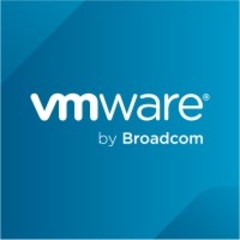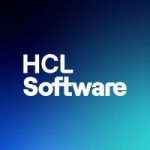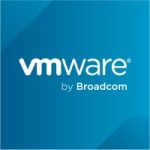What is our primary use case?
As a software development company with a smaller staff, we've got a lot of technical people - the operations team and myself. Being able to give provisioning of environments over to our developers and the different teams has enabled them to put up environments faster and also freed up time for the IT team. This is really one of our bread and butter solutions for our developers.
How has it helped my organization?
As a development company, we have different versions that need to be provisioned constantly, and the build-up/tear-down of this, for the IT team, used to take forever. We have a lean staff. We haven't increased in people but we have increased our company size. To be able to do more with less, that's one big piece of it.
Also, having a fixed capacity plan, that's another piece, for budgeting. The organization it provides has been truer to the needs of spending.
We've just shifted to an Agile development as well, so there has absolutely been an improvement in speed to market. We now have consistent release plans because we have these environments as ready as they are.
What is most valuable?
The most valuable features for us are capacity planning as well as environment life management; putting in specific templates and workflows that we know are secure. That solidifies the environments that we're in or that are being provisioned. We also know that every environment being provisioned has a lifespan. It affects capacity, so it's great for budgeting, from my perspective, and good for my team.
In terms of it being user-friendly, we have a technical group, so understanding what they're provisioning, what subnet they're going to be using, the security profiles we have, with a straight developer that doesn't have all the bells and whistles, that's one part. If it needs to be on a certain VLAN, they can put it there if it's going to be used for a different purpose. It's that ability and flexibility to provide the different choices for our team in a straightforward format so they can do the services themselves.
What needs improvement?
Regarding that networking piece, more hands-on pieces, that come with that purchase to help you get to that good spot might be an area that would help.
For how long have I used the solution?
One to three years.
What do I think about the stability of the solution?
It's very stable. The one little hiccup we had was with some of the networking but I think that was more our physical switch configurations, supports and protocols. When you try to lock things down you have to know it end-to-end. But once it's in place, it's rock solid. I think the stability on the network side is there. It was more on us, to be honest.
What do I think about the scalability of the solution?
Right now, we're also installing a vRealize Automation in India and expanding. The fact that we're moving from the US to India just shows the power of being able to add capacity, CPU to it, as much as we need. If we need to grow that fixed capacity, we can.
It scales horizontally too with users, more systems, it's easy.
How are customer service and technical support?
We have used technical support in the past. Not through me but through my team. We have a high expectation, we need that fast turnaround. We've had nothing more than a day or two, tops, in terms of turnaround time. They're very knowledgeable.
Which solution did I use previously and why did I switch?
Before, it was piecemeal. We had templates. We had some VDI pools for some of these things. It was just a constant revision of that and it would sit idle for too long. So, for the whole pool, if one or two people were using it, great; but if 10 were using it, then it was not the most efficient way to operate.
When selecting a vendor the most important criterion is the relationship, to be honest. Pricing, you can beat people up and have negotiations on it. Pricing, obviously, at some point was an issue, that factors into it. And we need to make sure all the technology fits. But having a relationship with the vendor that can be with you through the good times but also the bad, that makes it worthwhile.
How was the initial setup?
I was not involved, my team was. We did not bring in VMware to help. We have some knowledgeable folks. They knew it pretty well, so I think they liked the hands-on approach a little bit more. They got it up. It wasn't quite perfect but with some support, they were able to round it out and make it the great solution it is today.
We've got education credits through VMware, so we are training on this constantly. I think it's a matter of using the resources that are out there and focusing on this.
Which other solutions did I evaluate?
Rubrik is one we are looking at. And the whole AWS Hybrid Cloud is definitely on my roadmap.
What other advice do I have?
For a specific business, you need to know what you're trying to do. For ours, it's a match that I wish we would have had immediately. It has paid dividends.
I give vRA a nine out of 10. Sure, there's room for improvement. I don't know all of those areas, I'd let my more technical people speak on that. For us, this has been one of those solutions where ownerships loves it, appreciates it, sees the difference.
Disclosure: My company does not have a business relationship with this vendor other than being a customer.
















